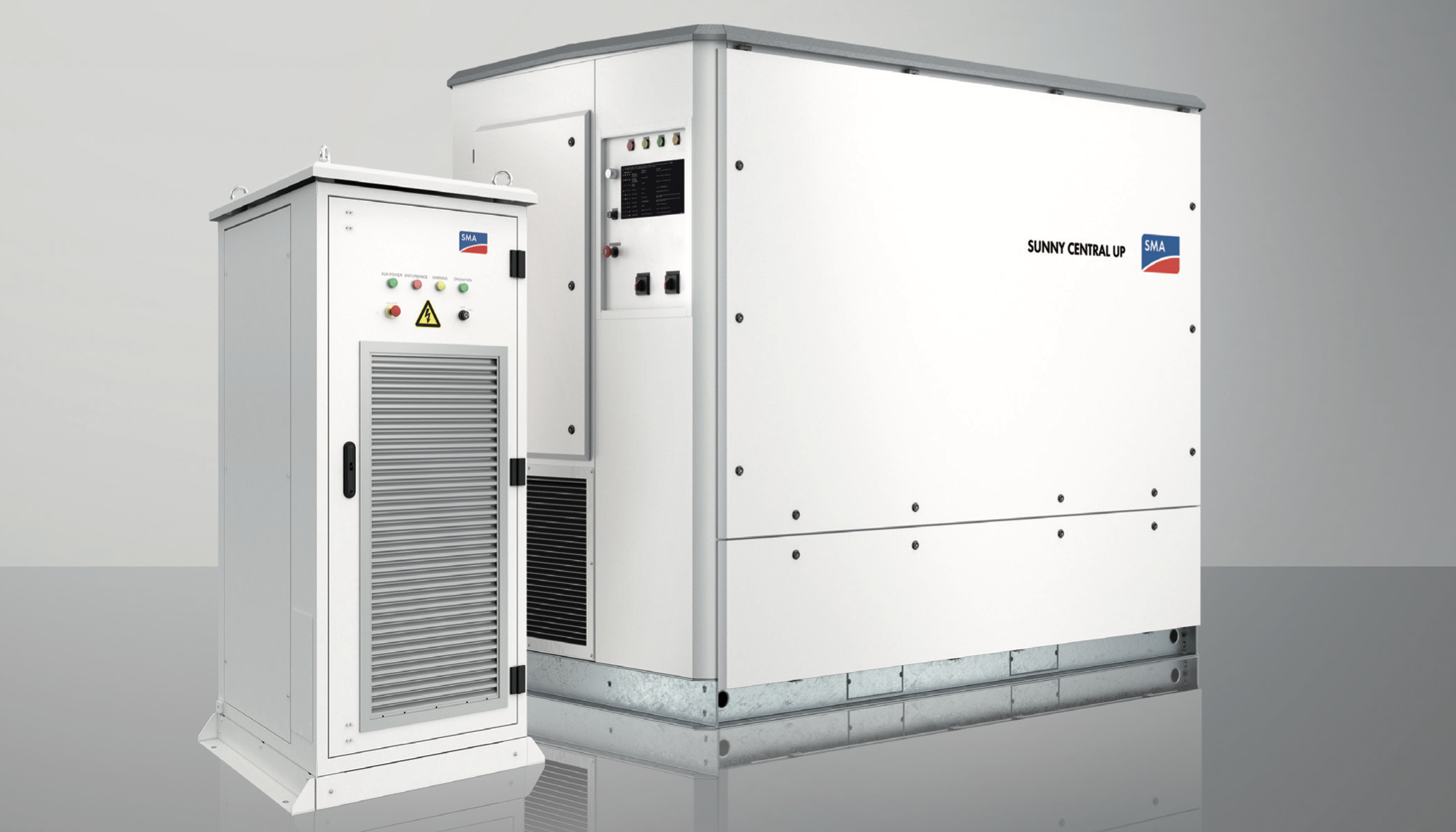Grid-forming is an emerging technology that allows solar and inverter-based energy sources to power up the grid independently. We spoke with Blair Reynolds, product manager for energy storage with SMA America, about his perspective on the technology, case studies and how the future of the industry may change in response to grid-forming.
PES: It’s lovely to chat with you Blair, welcome to PES. First of all, please could you introduce yourself to our readers, including your role with SMA and your experience with storage technology?
Blair Reynolds: As the large-scale energy storage product manager for SMA America, I’m in charge of SMA’s energy storage solutions for North America. I’m also globally responsible for SMA’s advanced DC-Coupled and grid-forming inverter capabilities. I’ve been active in the solar and energy storage industry since 2007 and consider myself a technology specialist with a focus on matching solar + storage systems and product design with market applications
and needs.
PES: What emerging trends have you seen with large-scale storage?
BR: We are definitely seeing a shift towards longer duration storage of 4+ hours for energy shifting applications, addressing the classic ‘Duck-Curve’ problem, in markets with higher solar adoption.
We are also seeing grid-support storage systems really hit their stride nearly four years after the UL 1741-SA standard became mandated in high renewable penetration markets in the US, such as California and Hawaii. Driven in large part by more severe climate events in recent years, these systems are being put to the test by providing valuable ancillary services such as frequency regulation through active power reserve, voltage support via reactive power regulation and fault current support and fault-ride-through.
However, perhaps more interestingly, we are once again on the cusp of a transformative and rapid evolution from grid-support systems towards an exciting emerging trend for using synchronous grid-forming technologies to bolster the grid in areas where the network is weak or the retirement of fossil fuel generating assets has left gaps in the resiliency of the system.
PES: Are there specific storage applications that have recently emerged?
BR: Yes, synchronous grid-forming applications for inverter-based resources are a relatively new application that is seeing increasing demand. The fundamental principle involves operating the energy storage system in a voltage source such as grid-forming, rather than a current source, or grid-following mode.
Large scale grid-forming inverter technology has been used for several decades in islanded, or microgrid applications, but the unique element of the emerging applications is that this technology is now capable of operating in a synchronous manner with the electric grid. In doing so, the inverter-based resources can build strength and stability into the network through a variety of capabilities, including fast-frequency response and synthetic inertia. It can even aid in system restoration via black start capabilities.



























